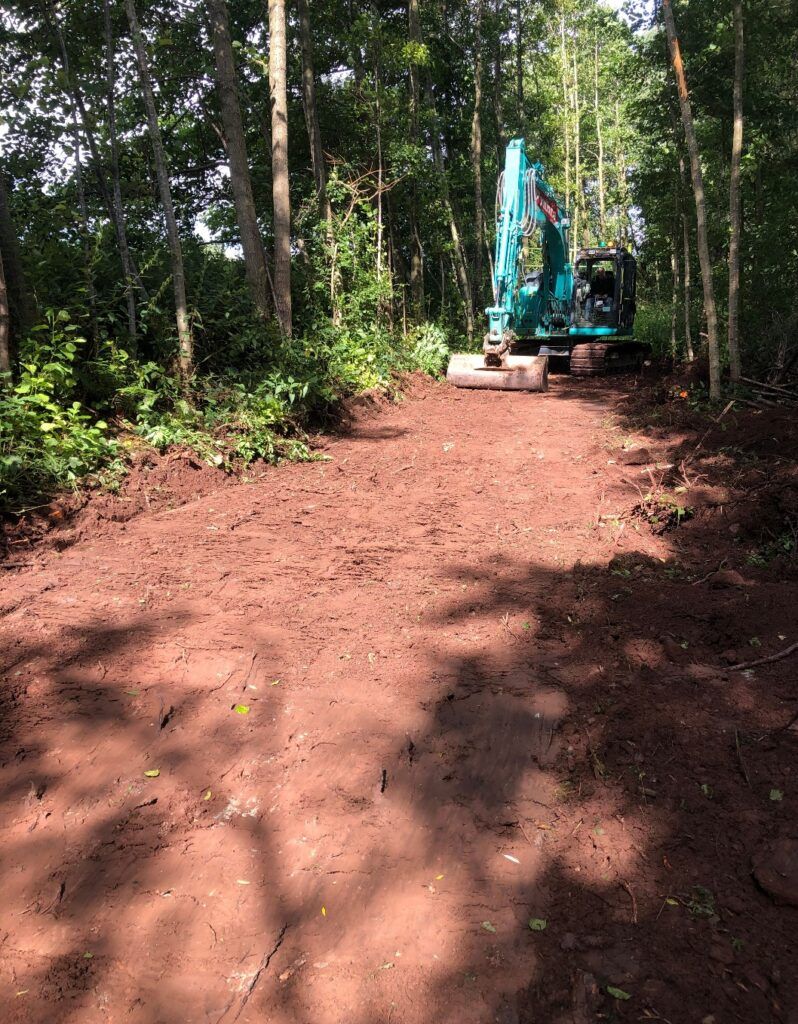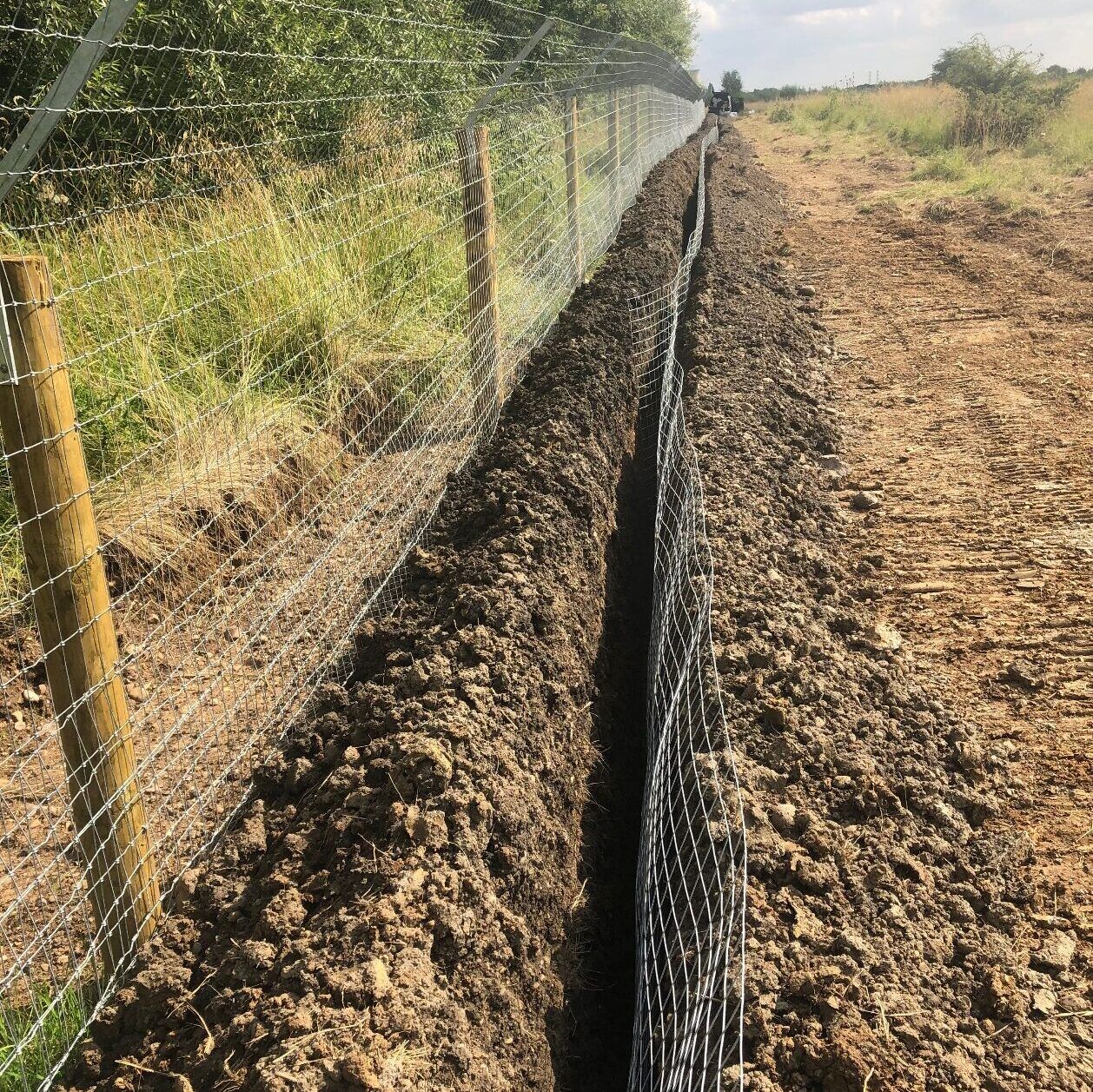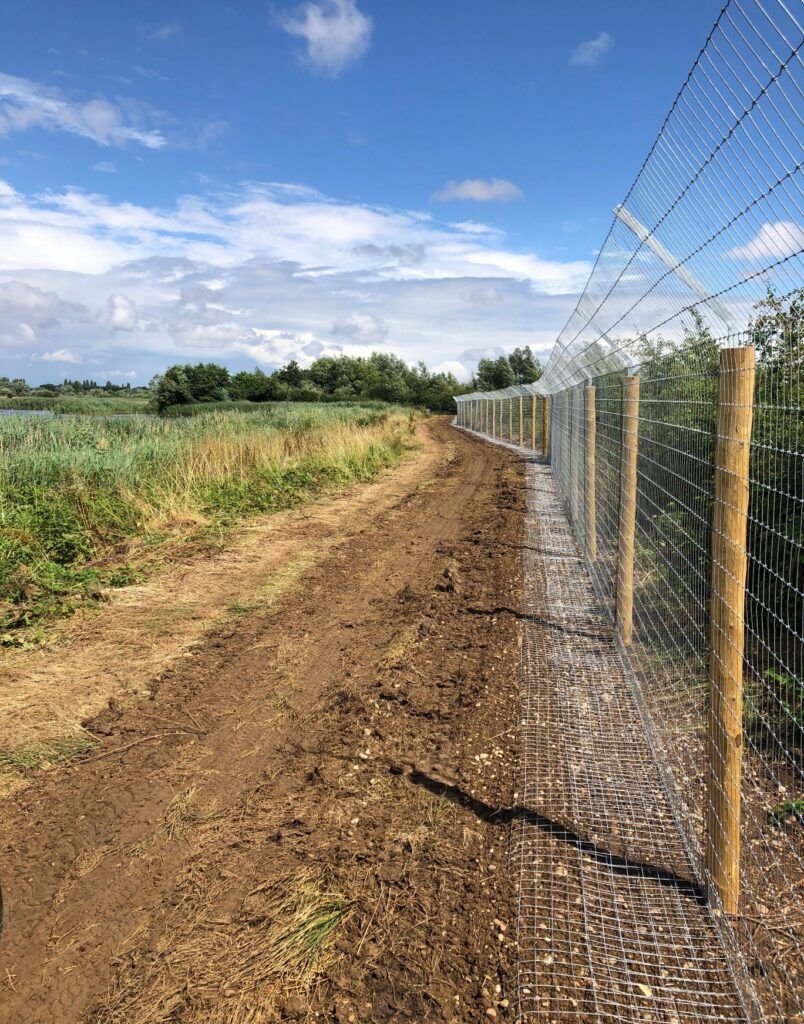Background
As ecosystem engineers, beavers provide an enormous positive influence on the landscapes and environments that they occupy. The Eurasian beaver is a native species to Britain and their populations used to span across the entire UK. However, the over hunting of the species in the 16th century led to their extinction. Hunters would kill the beavers for their fur, meat and their ‘castoreum’ – a secretion used in perfumes, food and medicine during this period of time. By reintroducing the species back to Britain helps to recover some of our lost natural heritage.
Beavers are notorious for gnawing on stems of trees like willow and hazel, the species naturally coppice their environment providing the regrowth of habitats for various insects and birds. Thus, beavers are imperative to improving biodiversity and improving the health and functions of river catchments by damming water courses and creating canal systems, they are able to improve the consistency of waterflow of the waterbody.
Willington Wetland has been owned by Derbyshire Wildlife Trust since 2005, prior to the trust acquiring the site, Willington was utilised as a sand and gravel quarry. The materials were extracted for decades leaving a series of deep pits across the 114 acres. With an aim to recover the industrial scars of the landscape Derbyshire Wildlife Trust have gently helped nature and wildlife reclaim by reducing human impact whilst introducing waterflow between the pits (Egginton Brook), enriching the wetland and providing the perfect habitat for beavers. In 2009, beavers were introduced to Scotland from Scandinavia, the scheme has highlighted that Willington offers equally ideal conditions, but in return the beavers will help offer a positive impact to the local communities. For example, beaver dams within the Egginton Brook will diver the flow in to the meadows and prevent flooding in the local villages during winter wet seasons.
Sanctus Scope of Works
Derbyshire Wildlife Trust proposed the erection of a beaver proof fence around the whole of the Willington Wetlands Nature reserve, this will enable beaver access to 46 hectares of wetland habitats. The trust were able to secure funding for the project through BIFFA, Severn Trent, the National Lottery Heritage funded ‘Transforming the Trent Valley’ scheme and by public donations.
Sanctus were appointed by the Derbyshire Wildlife Trust in early 2021 to undertake the works to provide a suitable fence to protect the beavers and their habitat at Willington Wetlands. Specifications for the fence were put together in consultation with Derek Gow (UK’s leading consultant on the reintroduction of beavers) and Tornado wire. Sanctus were to provide the expertise to construct a fence which has been approved and licensed by Natural England, that will successfully retain the beaver population at the wetlands.
Overall, the Sanctus works included the vegetation removal along the fence line, the construction of the fence, produce in water barriers and develop a maintenance regime.
Vegetation Clearance
Prior to our arrival on site, Sanctus conducted a site walkover with the Client’s Project Manager, Ecologist and Arboriculturist, where the perimeter of the site was traced to understand the line in which the fence was to follow. Sanctus established with the Client that the vegetation clearance will be carried out by themselves, prior to Sanctus’ arrival to site. Sanctus requested that the fence line be adjusted to prevent the removal of these trees, this was agreed by the client. Where deemed necessary, Sanctus were able to carry out localised vegetation clearance, this included long hanging branches and limb removals, so that the clearance was kept to a minimum and supervised by arboriculturist.

Once Sanctus had arrived on site and the ecological survey had been conducted by the client Sanctus were able to start the vegetation clearance. These works were carried out under an ecological watching brief to identify any nesting birds, and to monitor any other ecological risks. Where these areas are identified an exclusion zone was set up to prevent accidental damage to birds’ nest or habitat. Sanctus also minimised the risk of harm to any hibernating reptiles by ensuring all vegetation clearance was cut to no less than 100mm above ground level.
Fish Translocation
Upon liaison with the Environment Agency Fisheries, Biodiversity & Geomorphology team a site visit was arranged to conduct a full walkover survey of the project reach and existing site condition was documented. Where critical section of the Egginton Brook were crossed in the delivery of the works, Sanctus attended a fish rescue which was led by the client (electrofishing), and temporary translocation from the existing channel. With an FR2 license in place regular water quality monitoring was conducted and appropriately sized stop nets were placed up and down stream of the working footprint to prevent the translocated fish re-entering the working area.
Fence Line Construction
Derbyshire Wildlife Trust produced a specification which requires 5no. types of fencing, each fence variation is a result of changing ground and environmental conditions across the site. Prior to installing the fence Sanctus have studied the service plans of the area and have scanned the area for underlying services using a CAT and Genny.
Standard Fencing
The ‘Standard Fencing’ Specification is allocated to the areas of site which remains dry for majority of the year. The fence comprises posts 1800mm in height and driven 600mm in to the ground. The wire mesh is attached to the inside of these posts from ground level to the top of the post (1200mm). At the base of the standard fence an additional ‘anti dig’ skirt has been attached which are pegged in to the ground using metal stakes.

Standard Over Hanging Fencing
The ‘Standard Overhanging Fence’ is installed along the areas upstream and downstream end of Egginton Brook, this section is installed where prime beaver activity will be carried out where they may attempt to climb out of the enclosure. This fence is built similar to the ‘Standard Fence’ described above. The difference is an additional section of mesh is added to the top of the fence, this creates an overhang in to the enclosure which discourages the beavers from climbing out of the enclosure. This has been created using a galvanised metal bracket with an angle of 45° from the top of each post with an additional mesh panel 0.5m long attached to the bracket.
Standard High Fencing
‘Standard High Fencing’ has a similar design to the ‘Standard Fencing’. However, this design requires a 2400mm post which is driven 600mm below the ground. A wire mesh is installed from the top to the bottom of the post (1800mm), with an anti-dig skirt added to the base.
High Overhanging Fencing
The ‘High Overhanging Fencing’ incorporates the design of both ‘Standard Over Hanging Fencing’ and the ‘Standard High Fencing’. The design requires a 2400mm post driven 600mm in to the ground. With mesh panels connecting each post from top to bottom and an anti-dig skirt. In addition to this section of mesh is added to the top of the fence, this creates an overhang into the enclosure which discourages the beavers from climbing out of the enclosure. This has been created using a galvanised metal bracket with an angle of 45° from the top of each post with an additional mesh panel 0.5m long attached to the bracket.

Trench Fencing
The design for the ‘Trench Fencing’ is slightly different from all of the above, this design will be constructed in the soft, wet and ‘peaty’ ground condition areas of site. The alteration in design prevents the beavers from burrowing under the surface and escaping the enclosure. In this location Sanctus has excavated a trench along the fence line to a depth of 1000mm below ground level, Sanctus has opted for metal posts in the design to eliminate the risk of wooden post rotting. The posts measure 2400mm, and once the mesh has been suitably installed the structure will be driven to 1000mm. Once installed the trench has been backfilled with the arisings and ‘Standard Fencing’ design has been constructed above ground.

Culvert Installation
To ensure that the beavers remain within the enclosure Sanctus have installed a culvert both upstream and downstream to prevent the beavers migrating out of the enclosure. The culvert itself is formed of precast sections that were built off site. Across the top of each culvert grille Sanctus has constructed a ‘Standard Fence’ with an anti-dig skirt extending down the bank of the culvert which have been tied in to the structure to prevent the beavers from burrowing around the structure.

